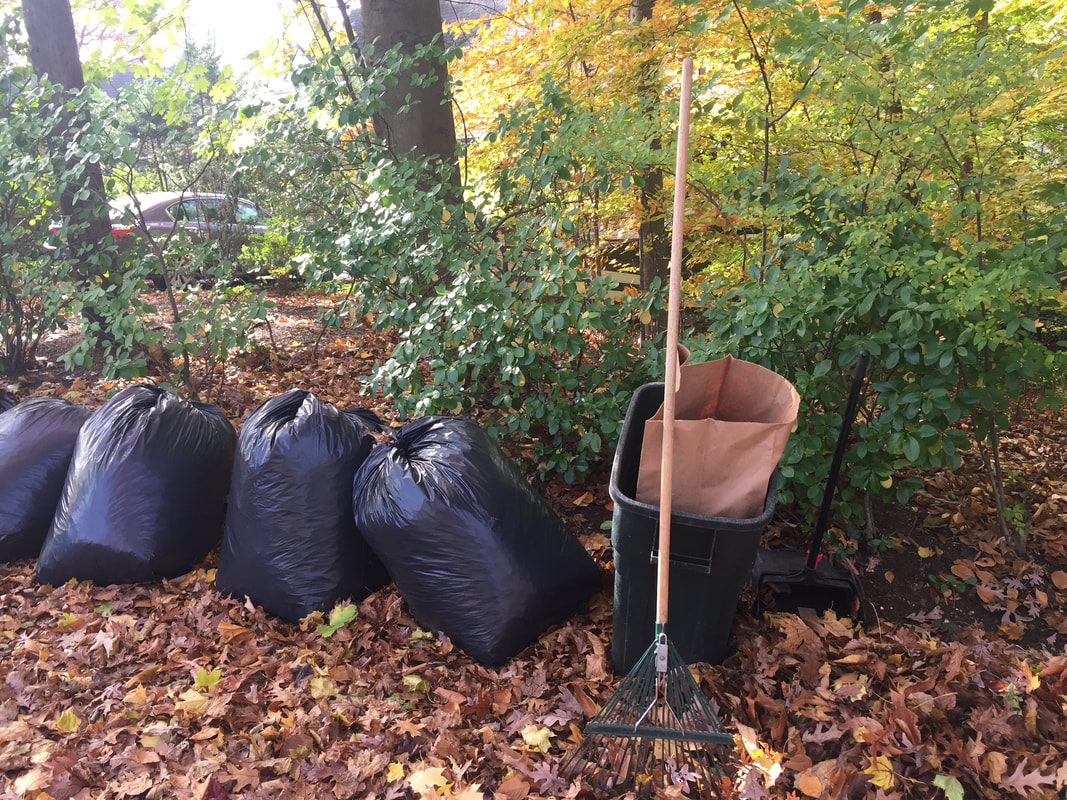|
One of the great joys of reading the New York Times these days is the occasional and highly literate essay by Margaret Renkl, an Op-Ed contributor based in Nashville.
Renkl writes about life out there in the Real World -- if upbeat and evolving Nashville (say I, an old Nashville hand) -- can truly be called the Real World. In Monday's Times, Renkl suggests a technique for countering the discordant blares and roars and whines of -- no, she does not say that! -- the mechanical lawn-blasters who have invaded our otherwise serene lives. She talks about the garden crews that most of us employ to blow leaves around for hours at a time. (Disclosure: I recently hired a very nice crew that not only collects leaves but also seems to have produced new green grass on my ugly patch of crab-grass.) The crews in our neighborhood seem to intentionally vary their attacks so that, from March into December, there is always a group of hard-working guys whose decibel output reminds me of my freshman year at Hofstra College, when its direct neighbor across the turnpike was Mitchel Air Force, with planes warming up 100 yards away. Good for concentration on philosophy or history. To make a statement about the ugly noise in our leaves, Renkl proposes digging out prehistoric tools employed by our fellow homo sapiens back in other centuries -- an implement with a long handle and slender tines. She describes, rather lasciviously I might add, the joys of slow, careful interplay with leaves. At least, that's how I read it. In fact, it sounded like so much fun that I went out and practiced my raking, putting some leaves in bags but saving some for the little things she says inhabit the earth. I will take Renkl's word on that part; she does, after all, live out there in the Real World. (For those of us who do not have a lawn, I might suggest paring raw vegetables or cleaning a few windows. Therapy is therapy.) Try it! And look up the work of Renkl in the Times and elsewhere. She is right up there with Dan Barry and Sarah Lyall and Corey Kilgannon, whose every article I read avidly, for choice of content as well as for style. Renkl is what the great editor Gene Roberts calls, in his eastern North Carolina accent, "a rahter." And not only a rahter but a therapist. After reading her essay, I felt relaxed enough to tackle the front page. Oh, crap. * * * Here is Renkl's gem of an Op-Ed piece: https://www.nytimes.com/2018/11/11/opinion/red-state-liberal-leaf-blowers.html And recent works: https://www.nytimes.com/column/margaret-renkl
Randolph
11/12/2018 06:25:25 pm
George,
George Vecsey
11/12/2018 10:22:12 pm
Randolph: Thanks. I didn't see the Southern writers article but I got a sense of the region from my years in Louisville and spending time in Nashville. I loved the article by Kingsolver in the NYT the other day in which she praised some other regional writers but admitted she did not read Hillbilly Elegy because it sounded (in my words) a little generalizing and self-hating. I ducked it for the same reason. Appalachia was layered....I met people at Berea...and Highlander School....and Harry Caudill and the Mountain Eagle journalists in Whitesburg. Jean Ritchie lived in my town on LI (a mile from me) but kept her roots in Eastern KY, of course. It's easy to generalize about the politics (suckers for a fraud like Trump) but complicated....Kingsolver is right. Comments are closed.
|
Categories
All
|










